Ticking Into Tomorrow: The Evolution and Future Innovations in Watch Technology
Timekeeping has always been an integral part of human existence, a silent witness to our histories, milestones, and ambitions. From the sundials of ancient civilizations to the sleek smartwatches of today, the journey of watch technology is a testament to innovation and adaptability. As we stand at the crossroads of tradition and modernity, the realm of horology continues to evolve, merging age-old craftsmanship with cutting-edge advancements. This article explores the fascinating evolution of watch technology—from the intricate mechanical movements that once defined luxury to the burgeoning era of digital integration, artificial intelligence, and sustainability. Join us as we delve into the ticking heart of timepieces, uncovering not only their past and present but also the exciting possibilities that lie ahead in a future where every second counts.
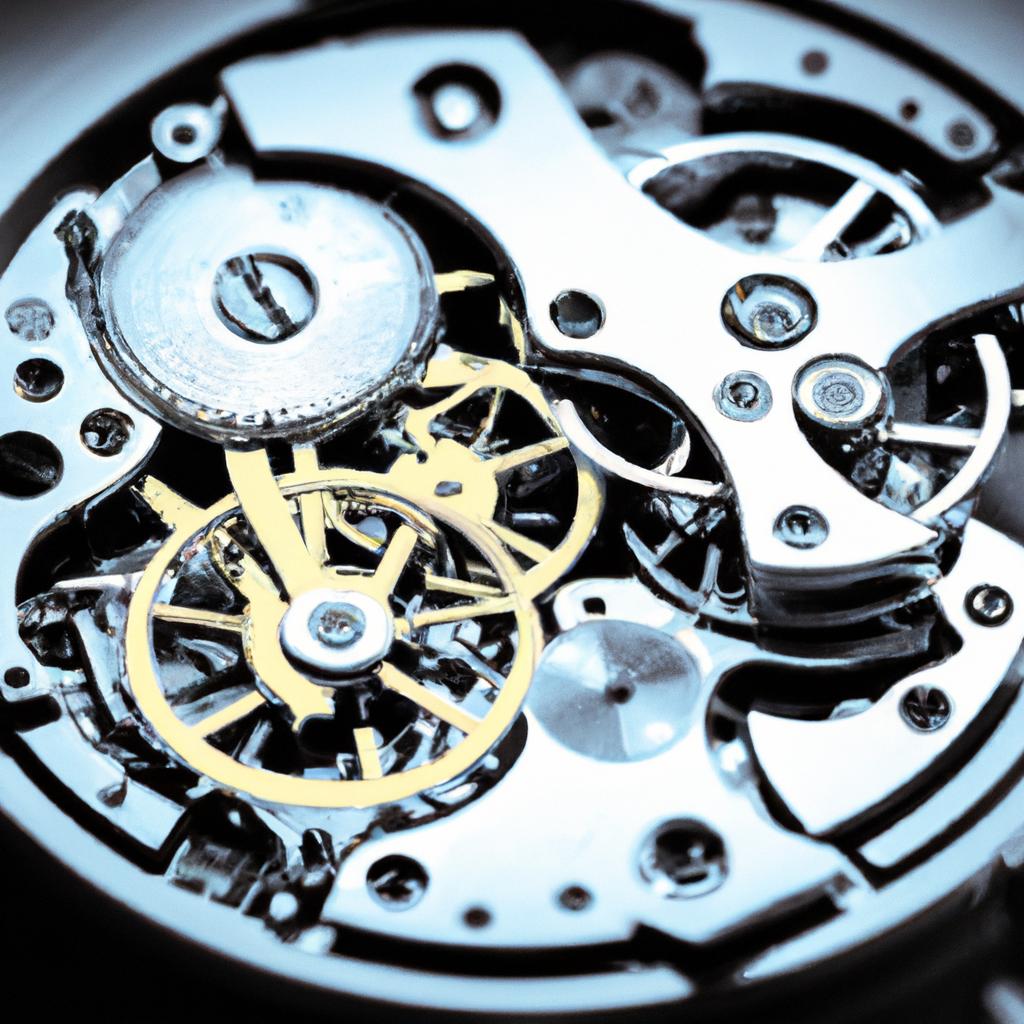
Timeless Mechanisms Understanding the Journey of Watch Technology
The journey of watch technology is a fascinating tapestry woven with innovation, craftsmanship, and precision. From the early mechanical marvels that dominated horology to the advanced smartwatches of today, each era showcases the relentless pursuit of accuracy and aesthetic appeal. The shift from **manual wound** to **automatic movements** revolutionized how people interacted with timepieces, while the introduction of **quartz technology** in the late 20th century marked a pivotal moment, enhancing both accuracy and affordability. The characteristics that define watchmaking have evolved to include not just functionality but also artistic expression, with brands competing to integrate complex mechanics and stunning designs.
As we look to the future, the next leap in watch technology promises to merge traditional artistry with cutting-edge advancements. The incorporation of **smart technology** and **connected features** is reshaping consumer expectations, prompting brands to combine **wearable technology** with luxury. Consider the evolving features that are transforming our perception of timepieces:
- Hybrid Mechanics: Blending traditional watch movements with smart capabilities.
- Eco-friendly Innovations: Sustainable materials and energy-efficient mechanisms.
- Enhanced User Interaction: Intuitive interfaces with customizable settings and applications.
To better understand how watch technology has progressed through the years, here’s a brief overview encapsulated in the table below:
| Era | Key Innovation | Impact |
|---|---|---|
| 18th Century | Mechanical Clocks | Precision timekeeping introduced. |
| 20th Century | Quartz Movement | Revolutionized affordability and accuracy. |
| 21st Century | Smartwatches | Integration of technology and lifestyle. |
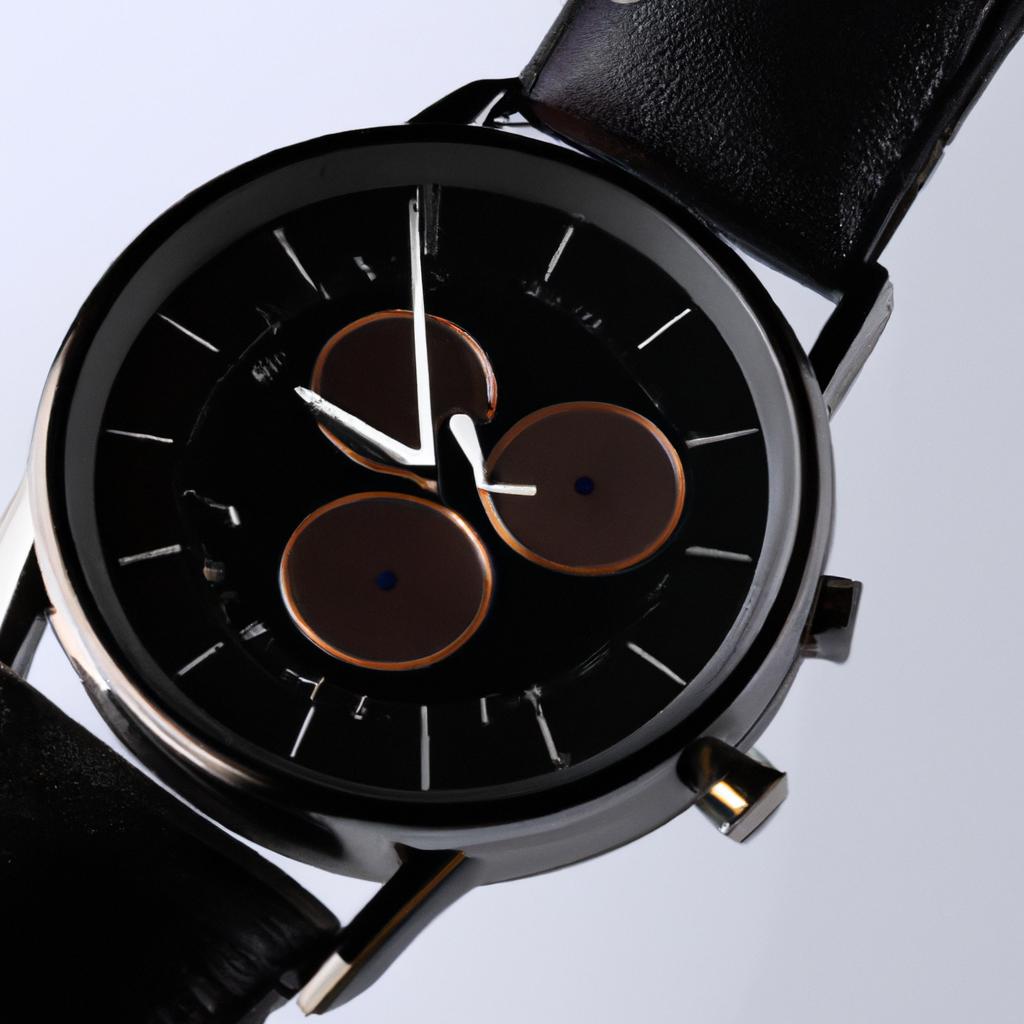
Smart Horizons Exploring the Intersection of Timepieces and Connectivity
The era of traditional timekeeping has evolved, giving way to a vibrant fusion of functionality and innovation. Modern watches now serve beyond the traditional purpose of telling time; they engage with their wearers in unprecedented ways. **Smartwatch** technology has rapidly advanced, integrating features such as real-time notifications, health monitoring, and GPS capabilities. This intersection of classic craftsmanship and digital connectivity illustrates a shifting landscape where the aesthetic beauty of timepieces harmonizes with their intricate, data-driven functionalities. The growing reliance on technology continues to reshape our expectations of what a watch should be, urging manufacturers to think innovatively about design and user experience.
As we gear up for the next chapter in watch technology, sustainability and personalization are becoming central themes for developers. Smart timepieces are not just about connecting to your smartphone; they are evolving into **personalized assistants** that cater to individual lifestyles. Key features that are shaping the future include:
- Customizable Interfaces: Users can choose watch faces that reflect their personal style.
- Health Integration: Continuous monitoring of vital signs, promoting wellness and proactive healthcare.
- Eco-friendly Materials: Emphasizing the importance of sustainability in manufacturing.
These innovations are transforming the user experience, making watches not just personal accessories but vital companions in daily life. As connectivity advances, the possibilities seem endless, paving the way for a new generation of timepieces that are as functional as they are fashionable.
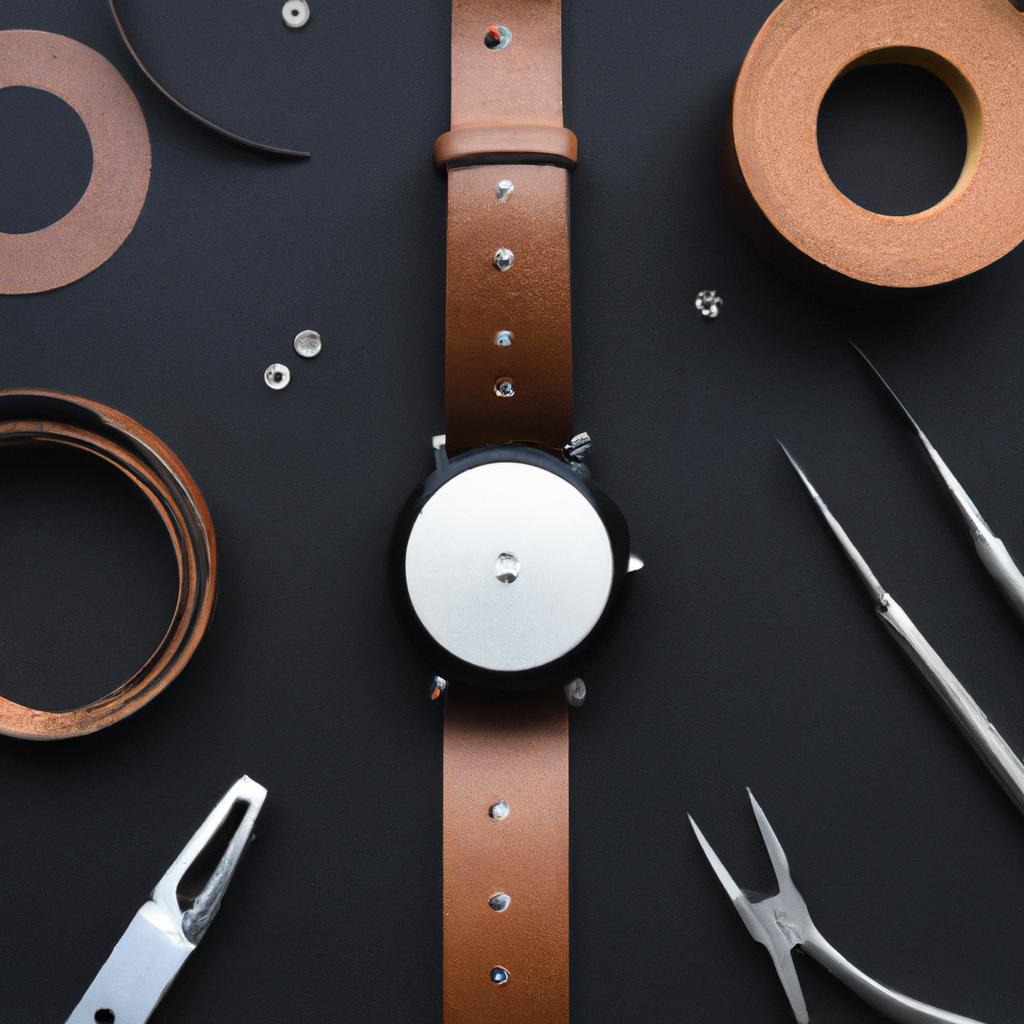
Crafting Future Experiences Innovations Shaping the Next Generation of Watches
The world of horology is undergoing a seismic shift, as innovators push the boundaries of what timekeeping devices can achieve. With each tick of the second hand, the convergence of technology and traditional craftsmanship unfolds, ushering in an era characterized by **smart features**, **sustainability**, and **personalization**. Today’s wristwatches are not merely tools for timekeeping; they are becoming multifunctional companions that enhance our daily lives. The integration of cutting-edge technologies has led to watches that can monitor health metrics, receive notifications, and even control smart home devices, all while maintaining the elegance that timepieces are known for.
As we peer into the future of watch technology, several key trends are shaping the next generation of timepieces:
- Solar-Powered Innovations: New designs are focusing on sustainability, utilizing solar cells to enhance battery life and reduce environmental impact.
- Augmented Reality Features: Some brands are experimenting with features that overlay information directly onto the watch face, providing users with contextual data in real-time.
- Customizable Designs: Brands are embracing modularity, allowing wearers to swap components for a personalized look and feel.
| Innovation | Benefit |
|---|---|
| Smart Sensors | Health monitoring and fitness tracking |
| Material Advancements | Enhanced durability and reduced weight |
| Wireless Charging | Convenience and ease of use |
The future of watches is an exciting blend of heritage and innovation, where traditional craftsmanship meets unparalleled technological advancements. As we move forward, these creations will not only reflect our evolving lifestyles but also challenge our notions of time and its measurement, forever altering our relationship with the very concept of a watch.
Key Takeaways
As we close the chapter on our exploration of watch technology—from the intricate craftsmanship of centuries past to the cutting-edge innovations that define the present and loom on the horizon—it’s clear that timekeeping is more than merely a functional task. It is an art form, a statement of identity, and a testament to human ingenuity.
The watches of today, with their blend of traditional mechanics and digital prowess, invite us to reflect on the journey of horology and its relentless pursuit of precision, aesthetics, and innovation. As we glance toward tomorrow, we find ourselves at the precipice of even more astounding advancements—smart materials, integrated AI, and sustainable technologies are just a few of the possibilities that promise to redefine our relationship with timepieces.
In a world where every tick resonates with the echoes of history while anticipating future rhythms, we stand on the cusp of a new era in watch technology. So, as we continue to “tick into tomorrow,” let us embrace the possibilities, celebrating both the legacies of the past and the innovations yet to come. After all, every watch tells a story, and the next chapter is waiting to be written.

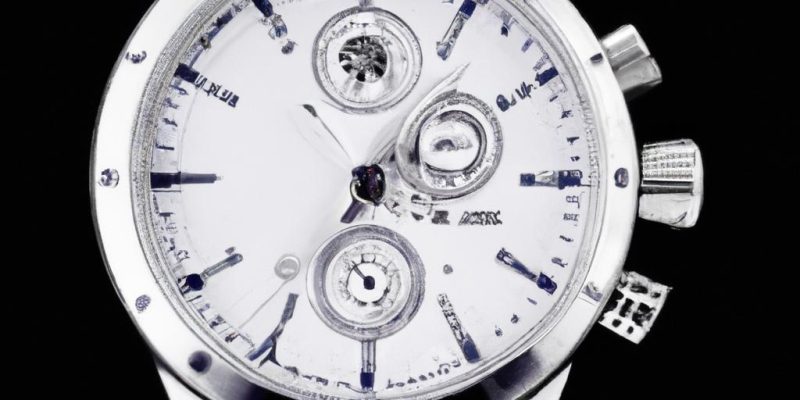














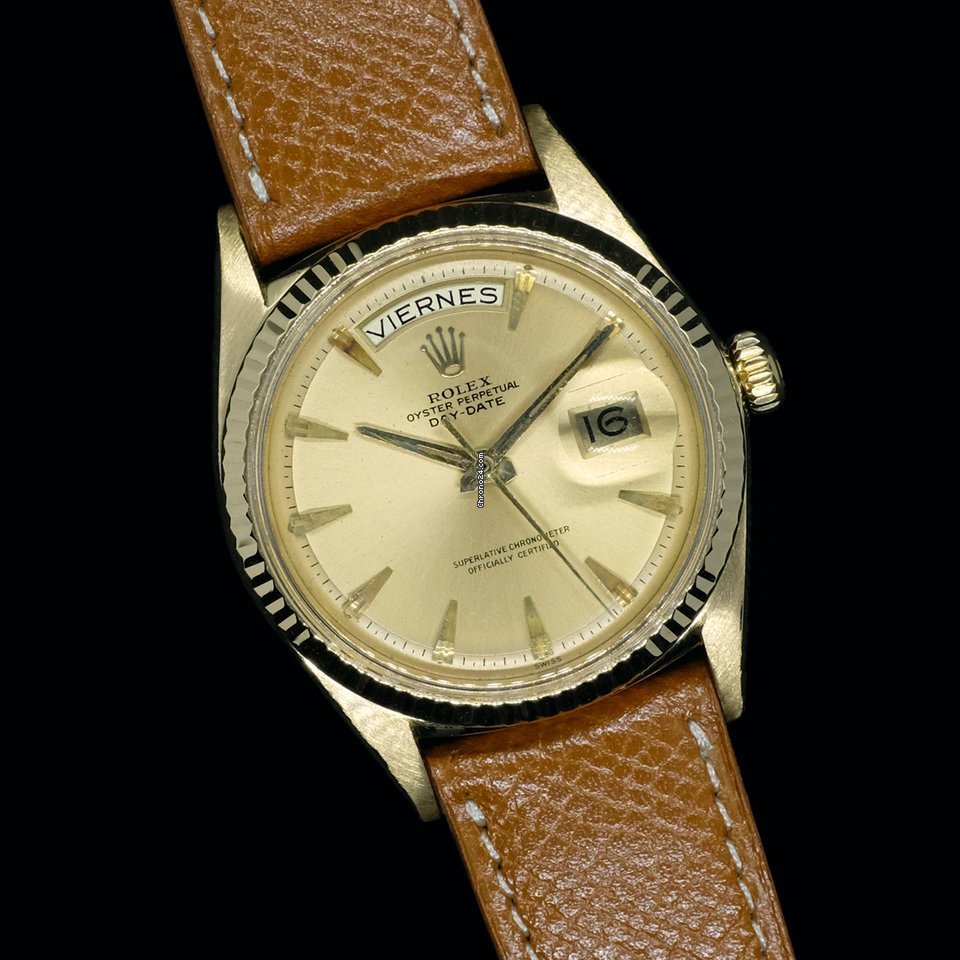

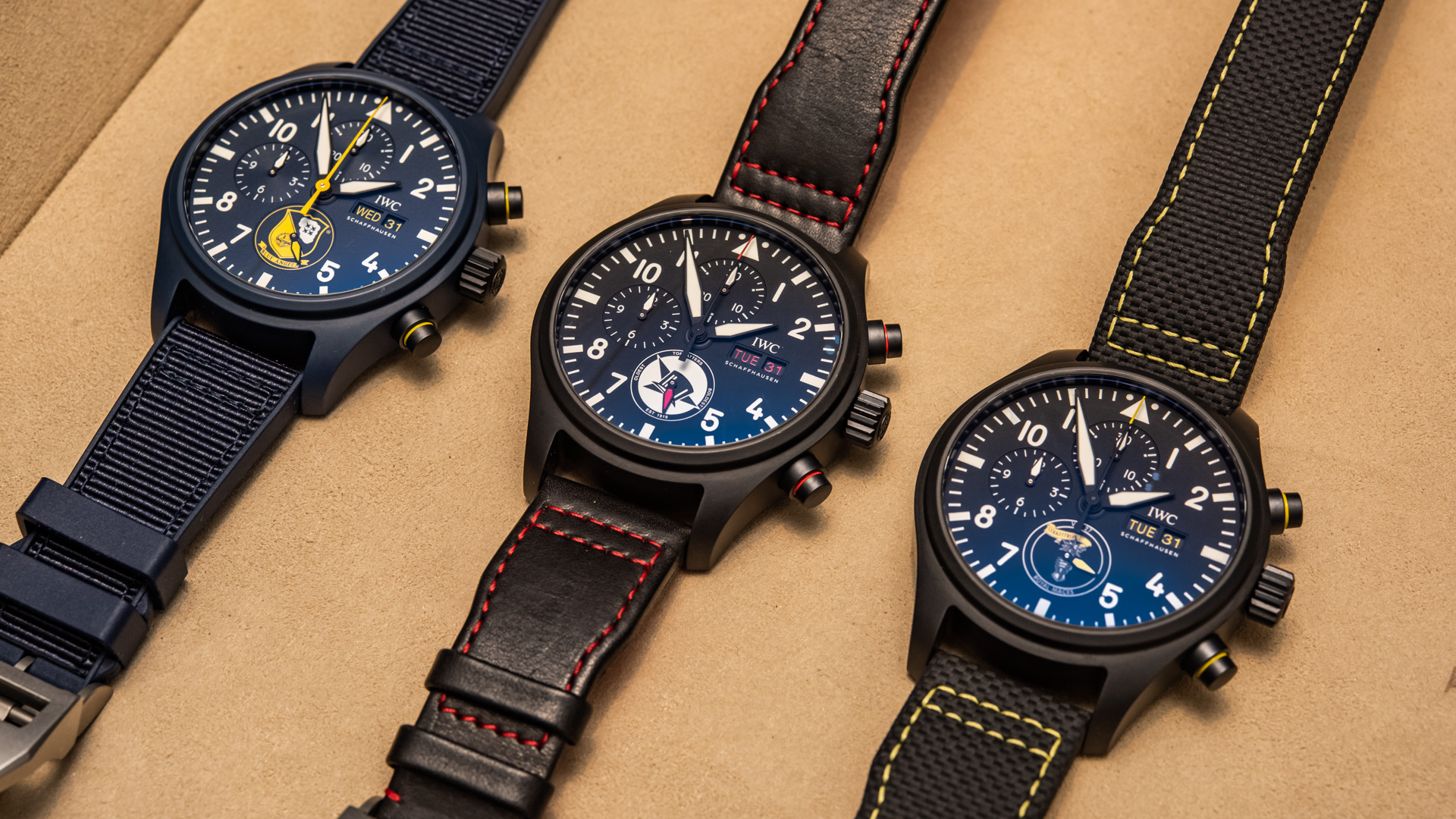
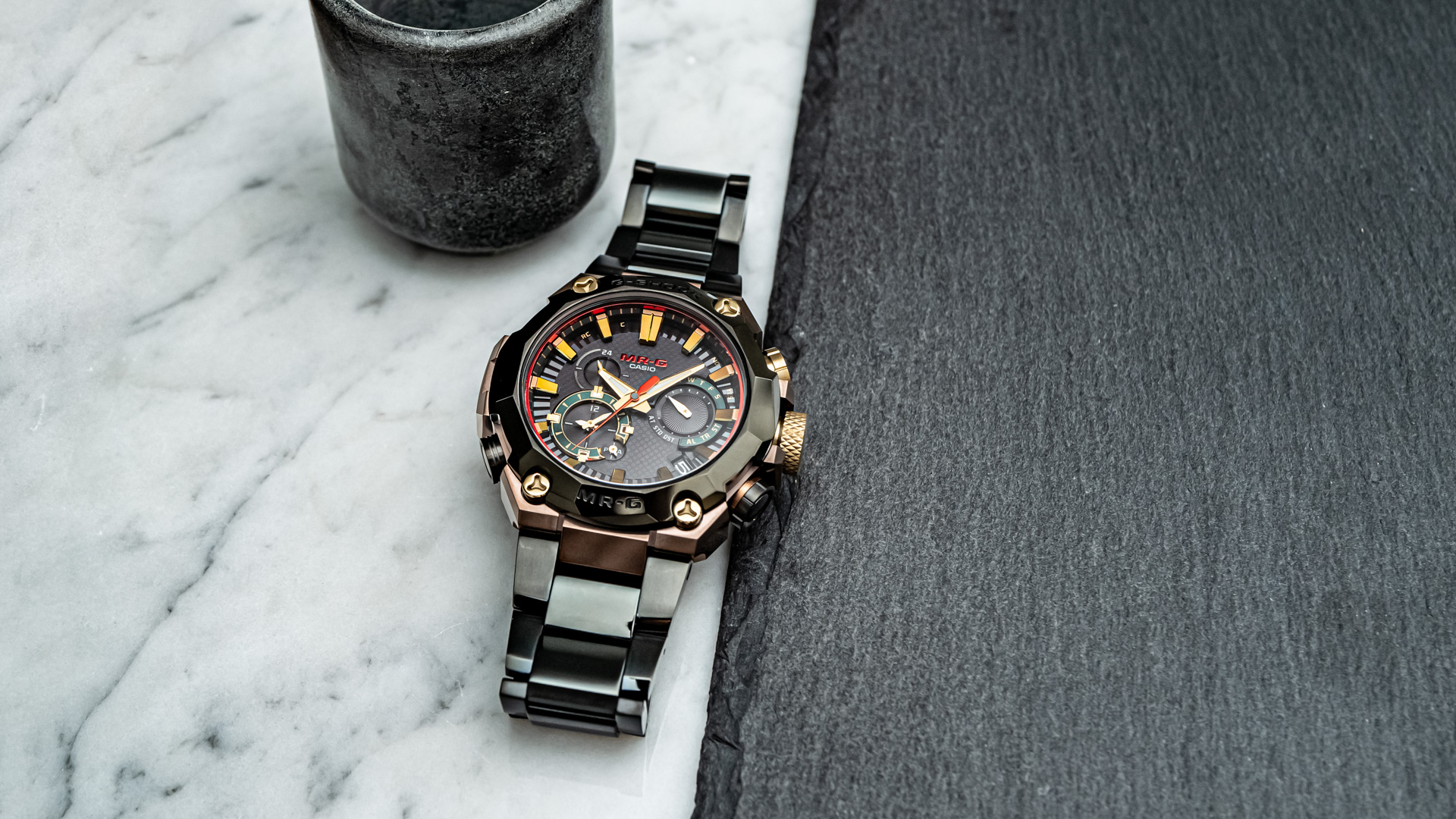
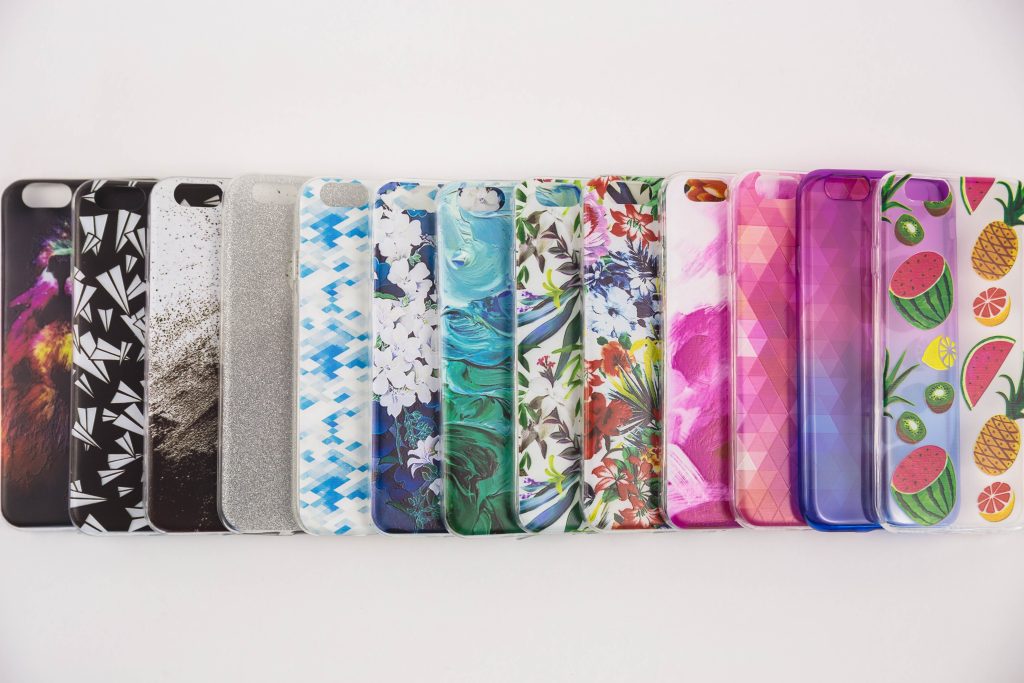

Comments